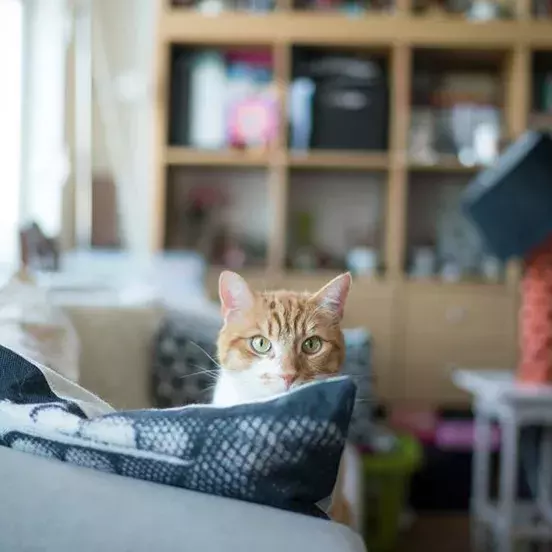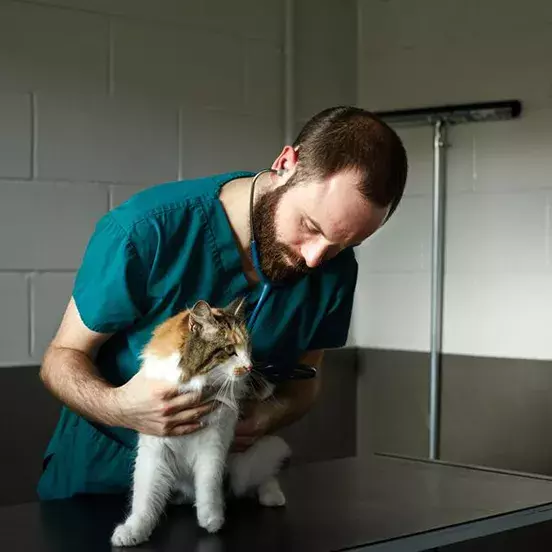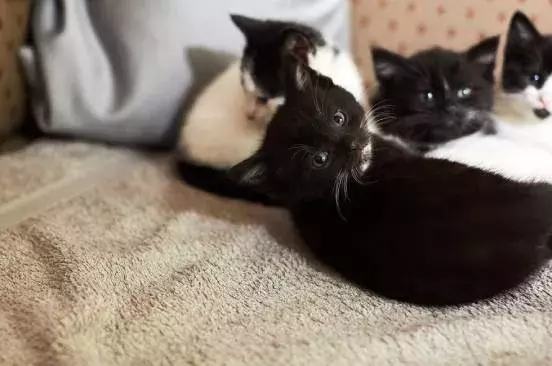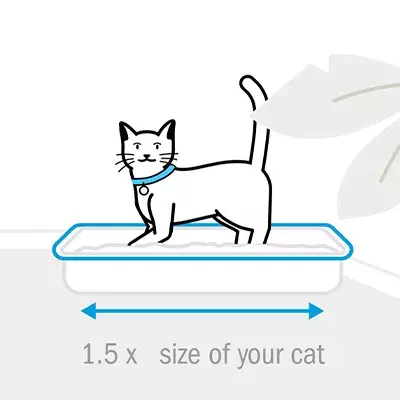There are lots of reasons why a cat might hide. Cats hide to feel safe, and in order to protect themselves from things they perceive as dangerous or stressful so it's important to find out the reasons why your cat is hiding.
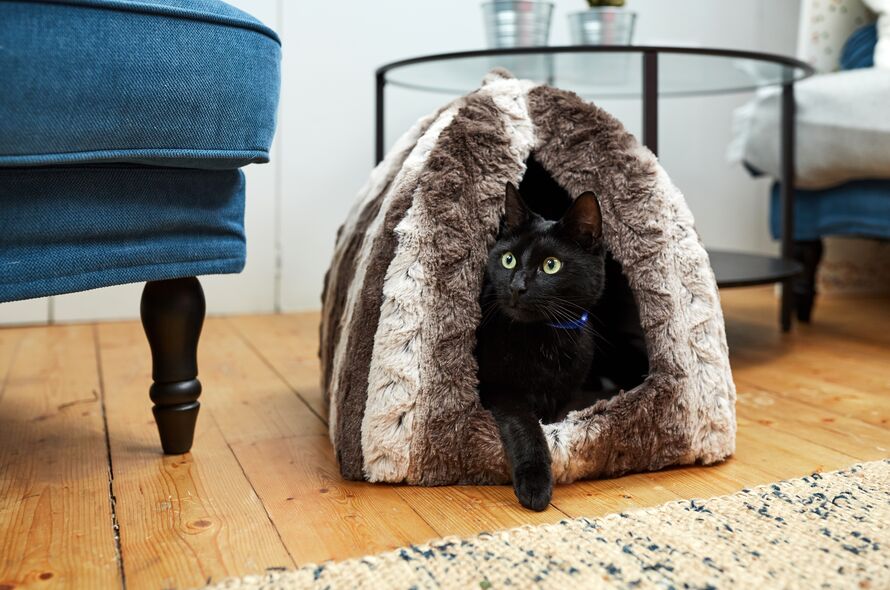
Cats as a species are self-reliant, so when faced with a difficult situation your cat would naturally prefer to avoid it rather than charge in and fight.
Your cat will hide when there is something, or someone, nearby that is causing them concern. They may be frightened or just wary about something unfamiliar and might want to keep out of the way, just in case. If you leave them to it you will usually find that they will come out of hiding once the threat has gone or they have realised that whatever it was they were frightened of isn’t actually scary at all.
However, if your cat is hiding for prolonged periods of time this could be an indication that they are distressed about something more permanent in the environment. This could be anything but is often other cats in the home or even a person who is over-enthusiastic in the way they interact with them. Take a look at our advice on stress relief for cats for more information to help you identify potential sources of stress for your cat.
The other significant reason why a cat might hide comes from their instinct to be self-reliant. An injured or unwell cat will often withdraw and find a safe and enclosed space where they can remain until they feel better, so if your cat continues to hide, you should make an appointment with your vet to rule out or diagnose any medical issues.
Where Might My Cat Be Hiding?
For a cat to choose a hiding place it must feel both private and secure. Some cats will choose an elevated position to hide, such as on top of a wardrobe. This has the added benefit that they can still observe what is going on without being seen. Other cats prefer to retreat to a ground level hiding place, somewhere as far away as possible from any activity, or other cats, usually in a dark, enclosed space.
Often not being able to see the threat is enough to reassure your cat, so you may see your cat thinking they can’t be seen when they simply have their head under a towel. You might see this behaviour when you take them to the vet, for example!
Your cat might also use their hiding places as sleeping or resting areas when they are relaxed and not feeling in any danger. It’s a good idea to follow some basic ‘cat etiquette’ and not to disturb your cat while they are using one of their hiding places (unless it is essential to do so) and to avoid disrupting or cleaning the areas too frequently.
How To Make A Cat Hideaway
Cats love having small spaces to hide and get away from it all, as it helps them to feel calm and secure. If you have a slightly nervous cat, this could be the perfect refuge for them.
Watch our video to find out how you can make a hideaway for your cat using an old t-shirt and a box.
Should I Help My Cat Hide For Comfort?
Hiding places are one of your cat’s basic needs. Providing a selection of possible options, such as some open cupboard doors, areas under beds, cardboard boxes and gaps behind sofas will give your cat a choice of places to go when they feel scared.
If you have more than one cat you will also need to make sure that there are enough options to prevent the more assertive cat from taking up all the locations and excluding the others. If you have young children, it’s also important to make sure your cat has places to go that aren’t accessible by them.
All cats, irrespective of their age, benefit from having somewhere safe and secure to go when they feel the need, and an elderly cat will be no exception. Older cats can suffer from stiff and painful joints and jumping up onto high places can become difficult or even impossible.
Make sure that several ground level places are available (warm with soft bedding) and if possible, provide some gradual steps up to their usual high place, just so that they have the choice.
